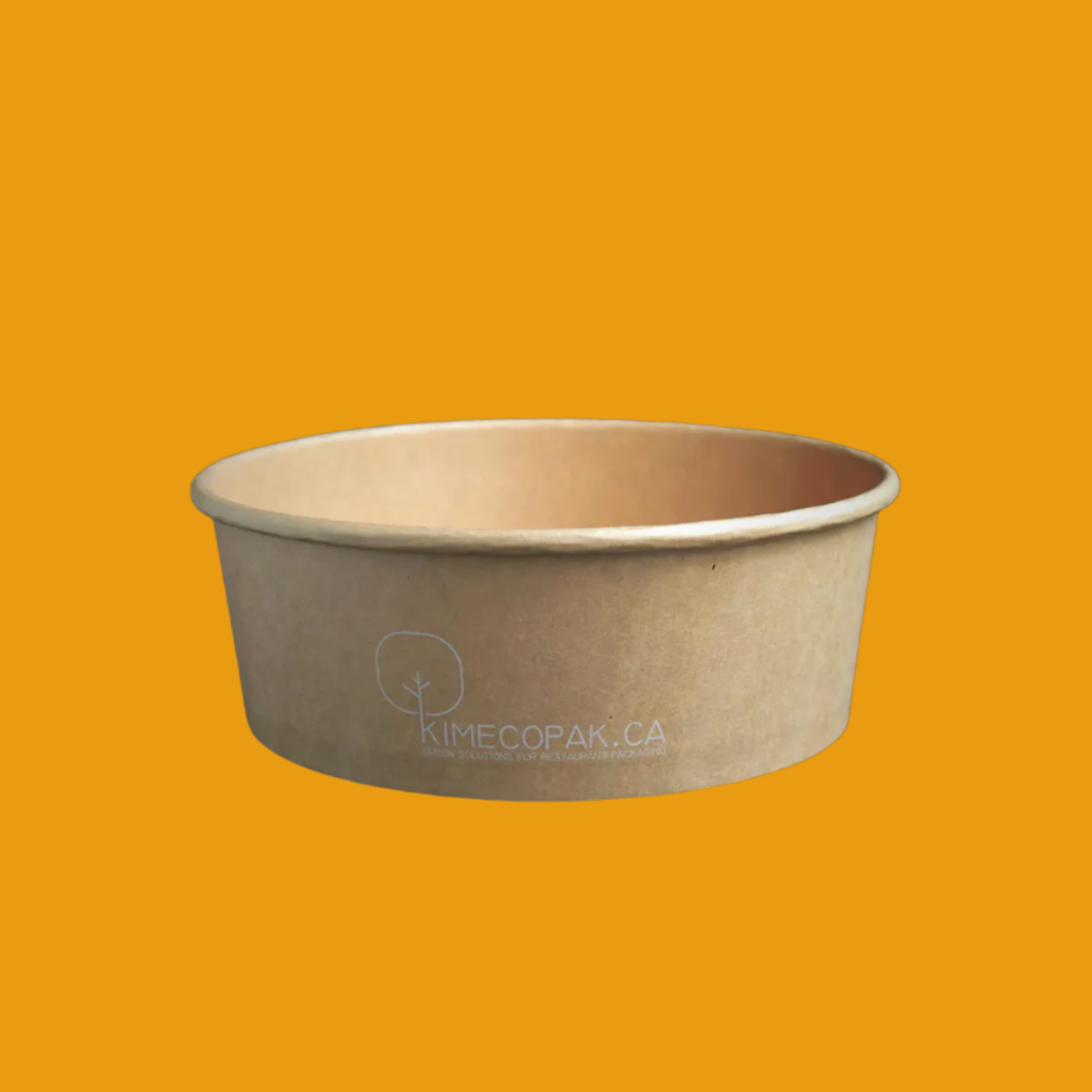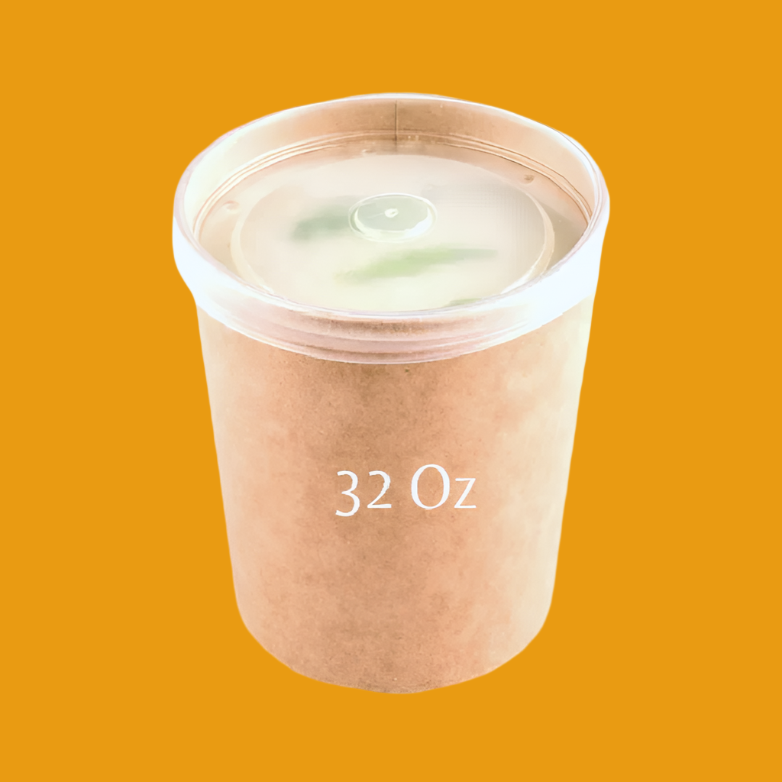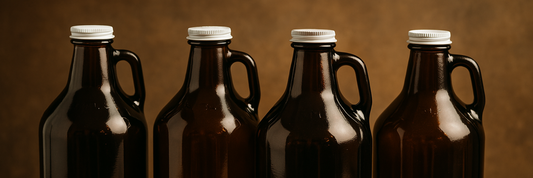If you grew up in Canada, chances are you've enjoyed the sweet and creamy goodness of a Hoodsie Cup. These iconic single-serve cups, with chocolate-flavored ice cream on one side and vanilla on the other, have been a beloved treat for kids and parents alike since they were first introduced in 1947.
But where did Hoodsie Cups come from, and what makes them such a Canadian favorite? In this blog post, we'll take a closer look at the origins of Hoodsie Cups and their place in Canadian culture.
What is Organic Ice Cream? Top 5 Best Organic Ice Cream Brands in Ontario
Hoodsie Cup History
Origins and Creation by Hood Dairy (1947)
The story of Hoodsie Cups begins in the United States, where they were first introduced by the Hood Dairy Company of Boston, Massachusetts. The company, which was founded in 1846, was well-known for its high-quality dairy products, including milk, ice cream, and cottage cheese.
In the late 1940s, the Hood Dairy Company introduced a new product: a single-serve cup of ice cream with two flavors. The cup, which was made of wax-coated paper, became an instant hit with consumers, who loved the convenience and delicious taste of the two flavors.
The success of Hoodsie Cups soon spread beyond the Boston area, and they became a popular treat throughout the Northeastern United States. In the 1950s, the cups were even featured in a series of commercials starring a young Judy Garland.
In Canada, Hoodsie Cups were first introduced in the 1960s and quickly became a favorite among Canadian consumers. Today, they are sold in grocery stores and convenience stores throughout Canada and are a staple at summer fairs, picnics, and other outdoor events.

Hoodsie Cups vs. Dixie Cups
Many people confuse Hoodsie Cups with Dixie Cups, but there is a distinct difference. While Dixie Cups were a brand of single-serve ice cream containers available in multiple flavors, Hoodsie Cups specifically feature the chocolate-vanilla duo and are strongly associated with New England’s local culture.
Hoodsie Cups Nutrition Facts
Hoodsie Cups are a moderate-calorie frozen treat, making them a great portion-controlled dessert option.
Calories and Macronutrients
Each Hoodsie Cup (3 oz.) contains approximately:
-
Calories: 100 kcal
-
Total Fat: 5g
-
Total Carbohydrates: 12g
-
Sugars: 11g
-
Protein: 2g

Ingredient List and Allergens
-
Primary Ingredients: Milk, sugar, cream, cocoa powder, natural flavors, and stabilizers.
-
Allergens: Contains milk and may contain trace amounts of soy and gluten.
Are Hoodsie Cups Nut-Free?
Hoodsie Cups are not guaranteed to be nut-free as they are not produced on a dedicated nut-free line. Consumers with nut allergies should check with HP Hood LLC for the most up-to-date allergen information.
Why Canadians Love Hoodsie Cups?
So what is it about Hoodsie Cups that makes them so beloved by Canadians? For one thing, they're a tasty and convenient treat that's perfect for hot summer days. With two flavors in one cup, they offer the best of both worlds and are sure to please even the pickiest eaters.
But Hoodsie Cups are more than just a delicious treat. They also have a rich history and a nostalgic appeal that resonates with many Canadians. For those who grew up eating Hoodsie Cups, they evoke fond memories of childhood summers and carefree days spent outdoors.
In addition, Hoodsie Cups are a symbol of New England and the Northeastern United States, which has a special place in Canadian culture. Many Canadians have roots in New England or have visited the region and developed an appreciation for its history and culture.
Hoodsie Cups and Canadian Culture
While Hoodsie Cups may have originated in the United States, they have become an important part of Canadian culture over the years. In fact, they have inspired a number of Canadian imitators, such as the popular Chapmans ice cream cups.
But Hoodsie Cups remain a favorite among Canadians, who appreciate their delicious taste and rich history. Whether enjoyed at a summer fair or in the comfort of your own home, these iconic cups are sure to bring a smile to your face and evoke memories of simpler times.
FAQs About Hoodsie Cups Ice Cream
Are Hoodsie Cups gluten-free?
Hoodsie Cups are not certified gluten-free, as they may contain trace amounts of gluten.
How many calories are in a Hoodsie Cup?
Each 3-ounce Hoodsie Cup contains approximately 100 calories.
Where can I buy Hoodsie Cups?
Hoodsie Cups are sold in various supermarkets across New England, including Shaw’s, Market Basket, Stop & Shop, and Hannaford.
What flavors are in a Hoodsie Cup?
Hoodsie Cups always contain a combination of chocolate and vanilla ice cream.
Conclusion
In conclusion, Hoodsie Cups may have started in Boston, but they have become a beloved Canadian treat with a rich history and a special place in Canadian culture. Whether you grew up eating them or are just discovering them for the first time, these sweet and creamy cups are sure to satisfy your sweet tooth and bring a bit of nostalgia to your day.









